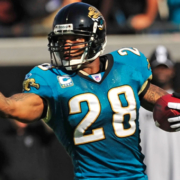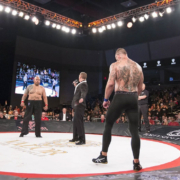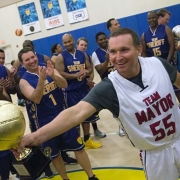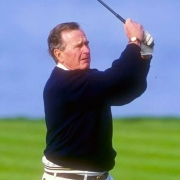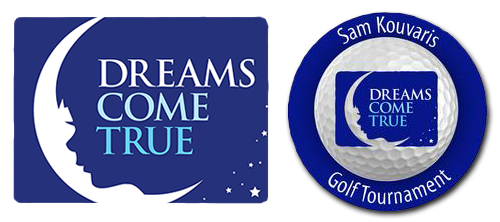Where Does Fred Taylor Fit In The PFHOF?
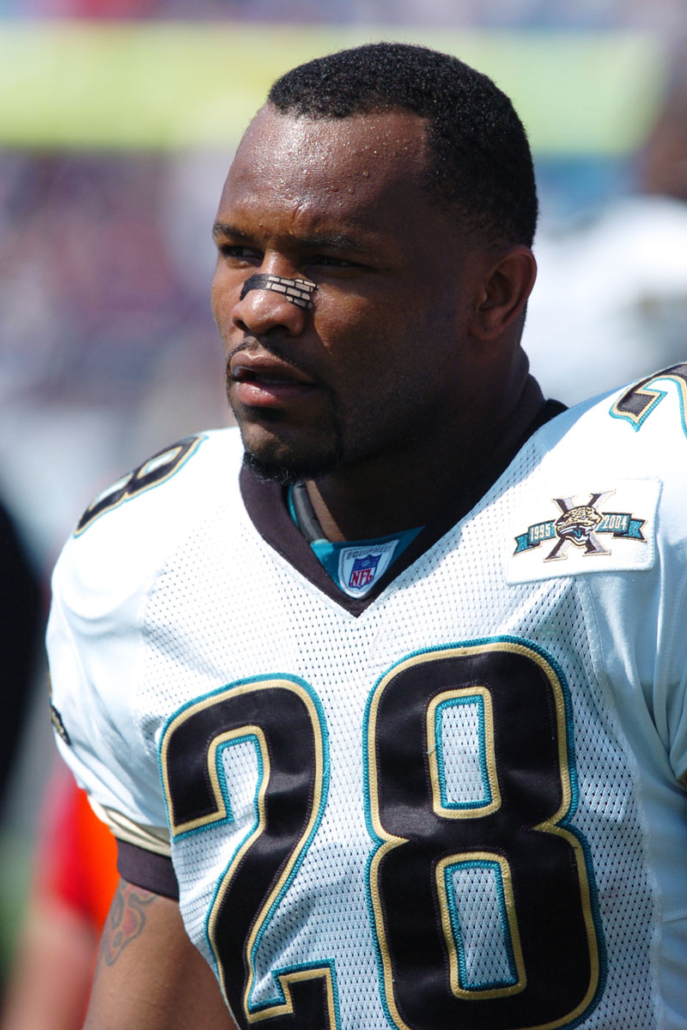 When I asked Hall of Famer Troy Polamalu what it was like to stand on the other side of the line from Fred Taylor, he paused and said, “I think he’s the best running back I ever faced.”
When I asked Hall of Famer Troy Polamalu what it was like to stand on the other side of the line from Fred Taylor, he paused and said, “I think he’s the best running back I ever faced.”
When I noted that was a big statement, he didn’t waver. “I think he was always the best player on the field. He always performed the best against the best competition.”
Derrick Brooks had a similar response.
“I think Fred Taylor is the best back I ever played against, both in the pros and in college,” Brooks said. “He wasn’t just a problem, he was an issue. We even named a play after him on our defense, ‘Belly, Fred Taylor Iso’ because we couldn’t figure out how to stop it. He was what I call a three prong back: a rare combo of powerful through the line, quick feet in the hole and speed to run away from anybody.”
I saw every play of Fred Taylor’s career, live, over the eleven years he played in Jacksonville. I didn’t think that was a big deal until I started researching his numbers and talking to people and realized, not a lot of people saw Fred play.
He didn’t have a Peyton Manning or a John Elway as his quarterback. He had Mark Brunell and David Garrard. Byron Leftwich and Jay Fiedler. He didn’t play in NY or, LA or Chicago or for a glamour franchise like Dallas, San Francisco or Miami.
At 6-1 and 228 Fred ran a 4.29 at his Pro Day at Florida, Averaging just under 17 carries per game, Taylor is the 17th leading rusher in NFL history. Every other eligible running back in front of him is in the Hall.
So is 16th somehow the cutoff? It would be hard to imagine not putting Taylor in the conversation for the Hall when we talk about qualifications being “best players from their era.”
From 1998-2010, Taylor was the third leading rusher in the NFL, behind LaDainian Tomlinson and only about 550 yards behind Edgerrin James, despite nearly 500 fewer carries than James.
To illustrate how oftentimes Taylor played in a vacuum, in his rookie year, Taylor had 1,644 yards from scrimmage, and tied for the league lead with 17 TD’s. Randy Moss had 1,313 yds and 17 TD’s. They both made the All-Rookie Team that year. And when it came time to name the Rookie of the year, Moss won with 94% of the vote. Fred and Peyton Manning split the other 6%. Why was that? No doubt Moss was a great player, a Hall of Famer and perhaps deserved being Rookie of the year. But 94% of the vote? Even though Taylor had better numbers? Moss had a big game on Thanksgiving Day, catching 3 TD’s against the Cowboys in front of a national television audience. Taylor played in Jacksonville that Sunday at one o’clock. Nobody saw it.
In 2000 Fred led the NFL, averaging 107.6 yards per game.
In that same season he had nine consecutive 100-yard games. That’s 4th All-time.
His 4.6 yards per carry is third behind only Jim Brown and Barry Sanders among those in the Hall of Fame.
Taylor’s yards per carry actually went up as the team leaned on him for offense. From 4.6 in 2002, rising to 5.4 per carry in 2007.
During Taylor’s career, only two offensive lineman blocking for him ever went to the Pro Bowl: Tony Boselli, in the first three years of Fred’s career. And Leon Searcy, once, in ’99, Leon’s last year in the league.
Taylor also had 13 carries of 50 or more yards, and had ten carries of sixty or more. Only Barry Sanders among Hall of Famers had more. And add a 90-yard TD run in the playoffs against Miami. That’s still the longest post-season rushing touchdown in NFL history.
When I talked with Marcus Allen he said, “Fred was special. He had that combination of speed and power and great feet. Jump cuts in the hole, running over guys if he needed to, Back then, we played in a phone booth, against real sized linebackers. I can’t imagine the numbers he’d put up in today’s game. Fred had it all. If he played in a different market than Jacksonville, with his numbers, I don’t think we’d even be having this discussion.”
By the way, Marcus Allen had 500 more attempts and yet gained only 550 more yards
The criticism about Fred Taylor is he made one Pro Bowl and one All Pro team. So who was on those teams? LaDainian Tomlinson was on five of those teams. Other years it would be guys who flamed brightly for a few years, and then dropped off: Chris Johnson, Larry Johnson, Ricky Williams, Shaun Alexander, Willie Parker. Fred had sustained excellence over those ten years of his career but never had the exposure.
“Sleepless nights!” is what Ray Lewis said when I asked him his impression of Fred as a finalist for the Hall. “When we played them, I’d either have to take an Ambien and go to bed early or know I’d be up watching film of him all night.”
“I think a Hall of Famer is somebody who changed the way you thought about how to play that game,” Lewis added. “Fred did that. Big enough to run into linebackers in old school football and stay in the game. He never tapped out. I’d have him down and he’d give me that silly little smile he has and say, ‘I’ll be right back.’
In the early 2000’s noted journalist and essayist Ralph Wiley asked Jim Brown “Who do you really like among today’s running backs?” Without hesitation, Brown replied, “Fred Taylor. Don’t know nothing about Fred Taylor do you? Fred Taylor is the package, Fred Taylor is the man.”
A pretty strong endorsement from the player many consider the best ever to play.

